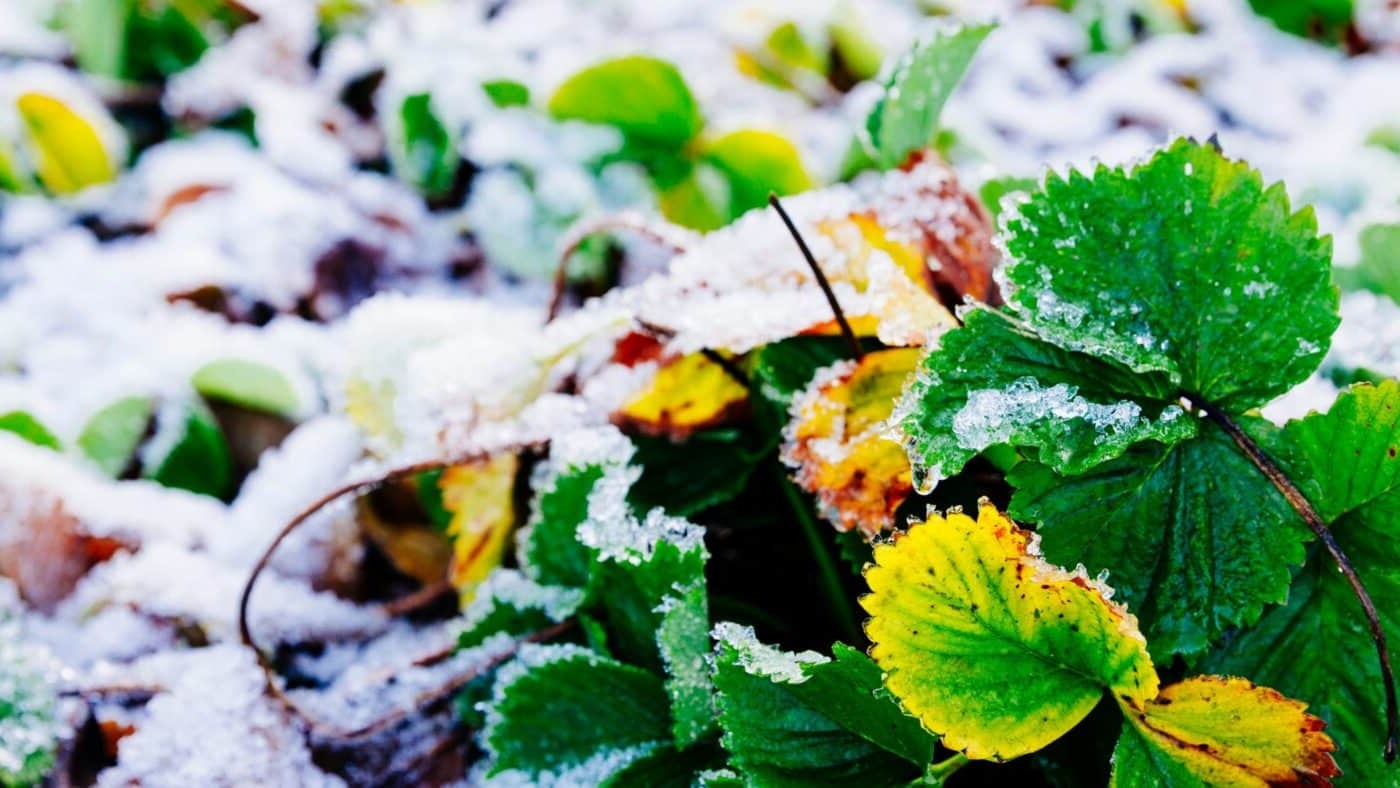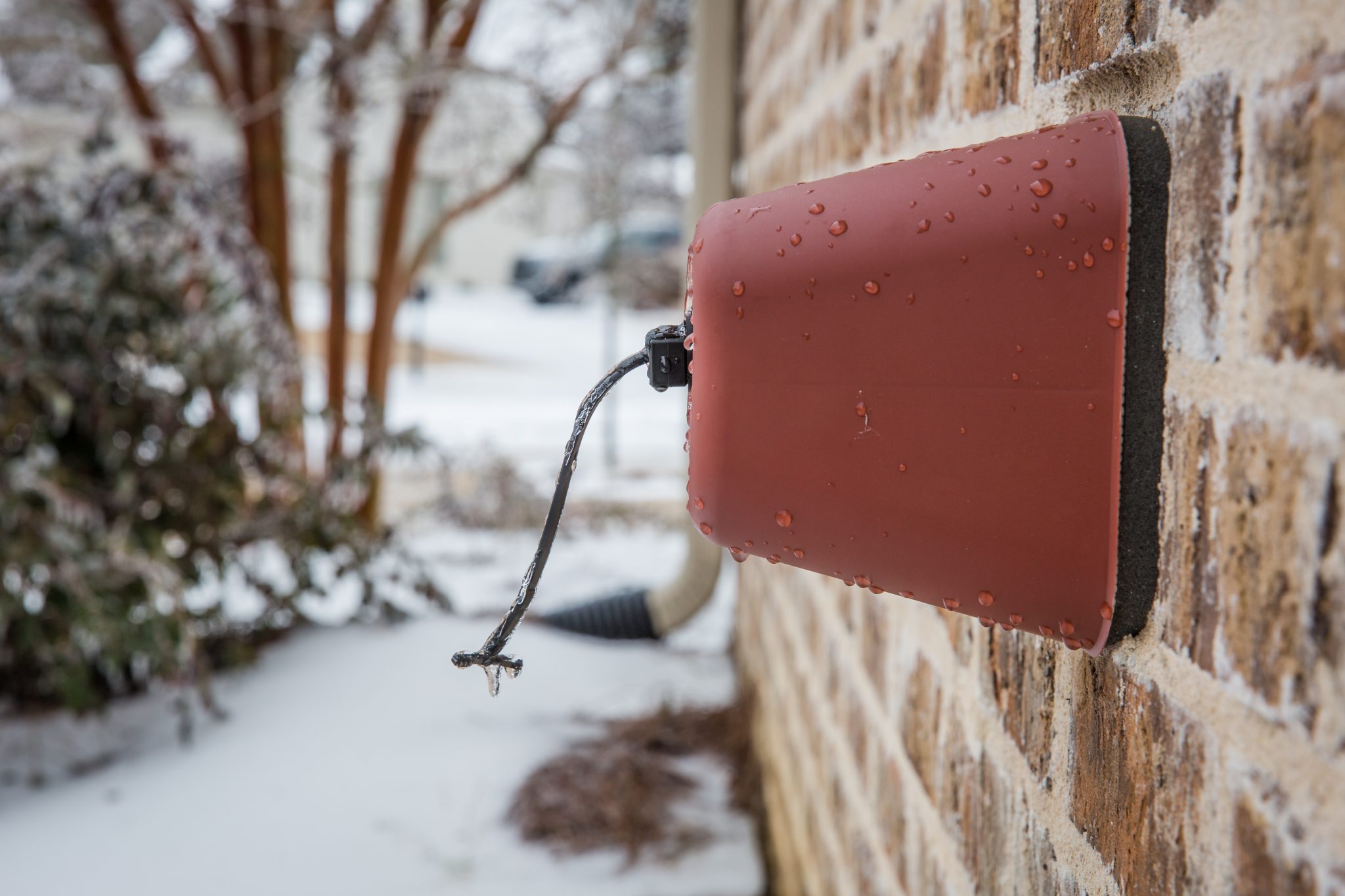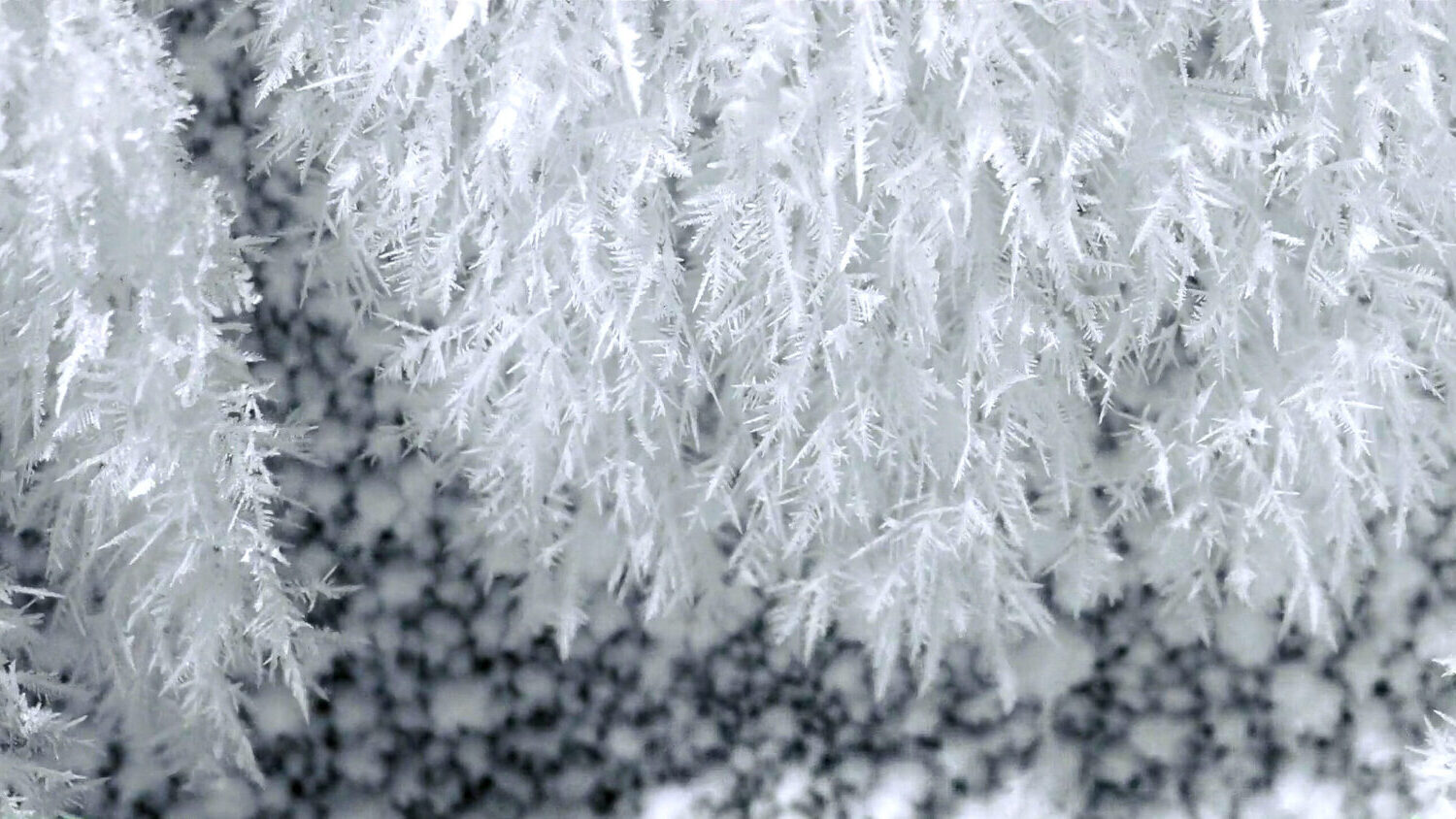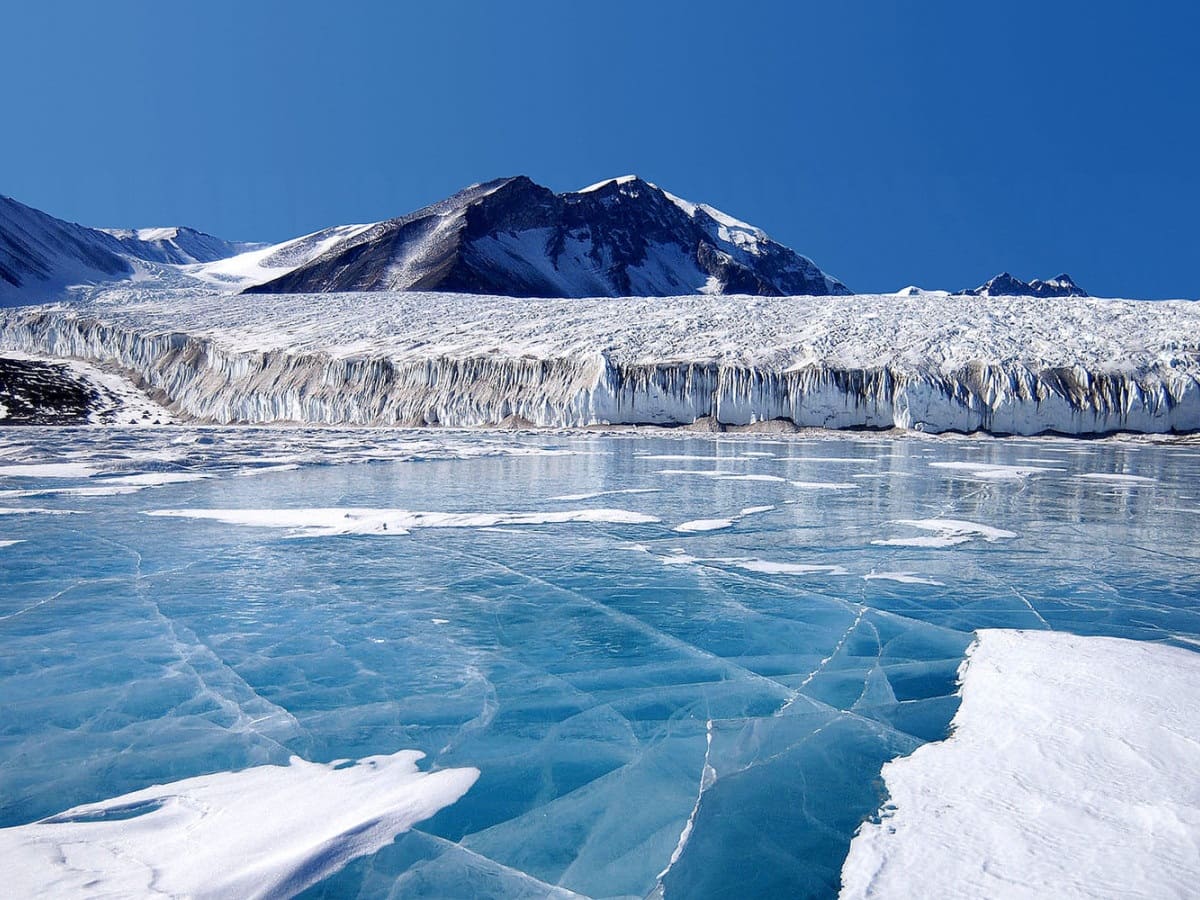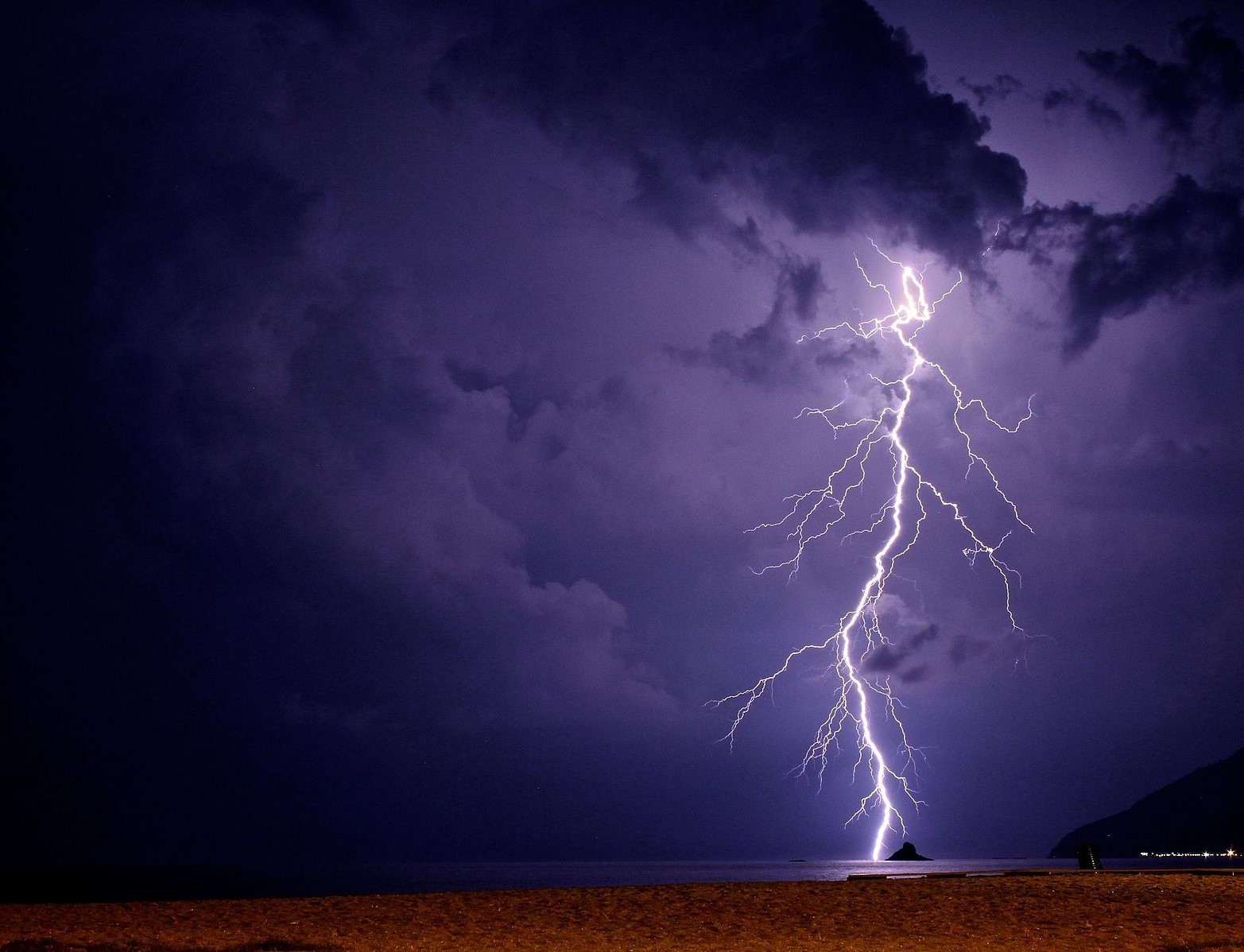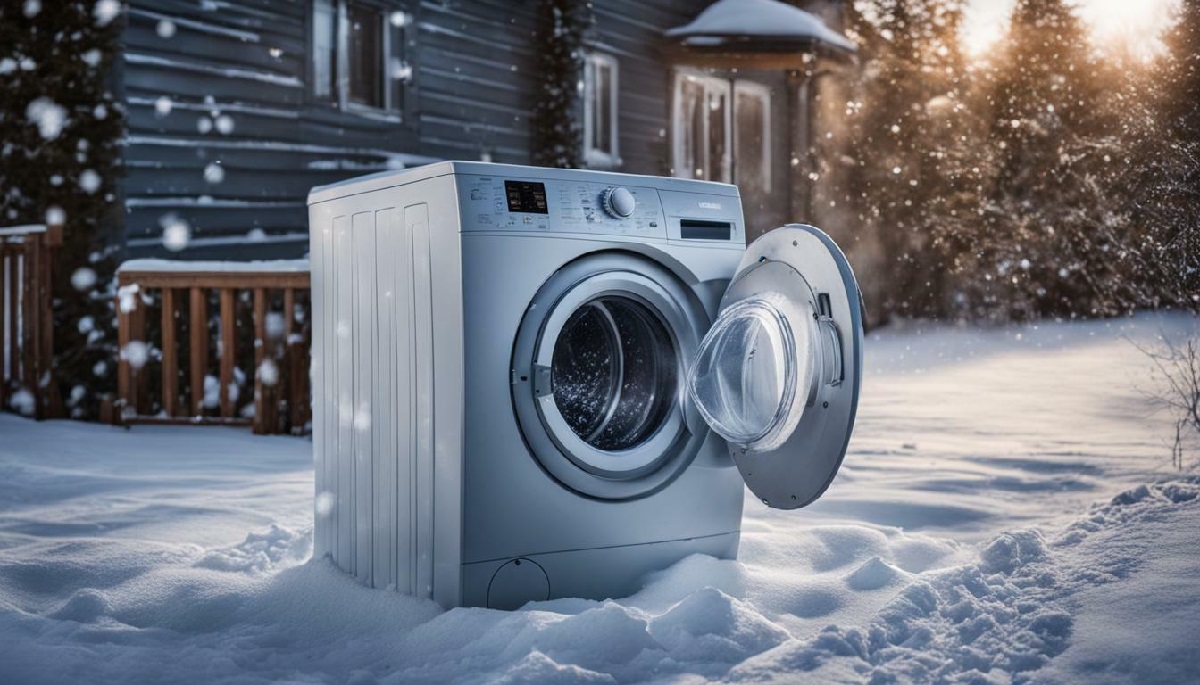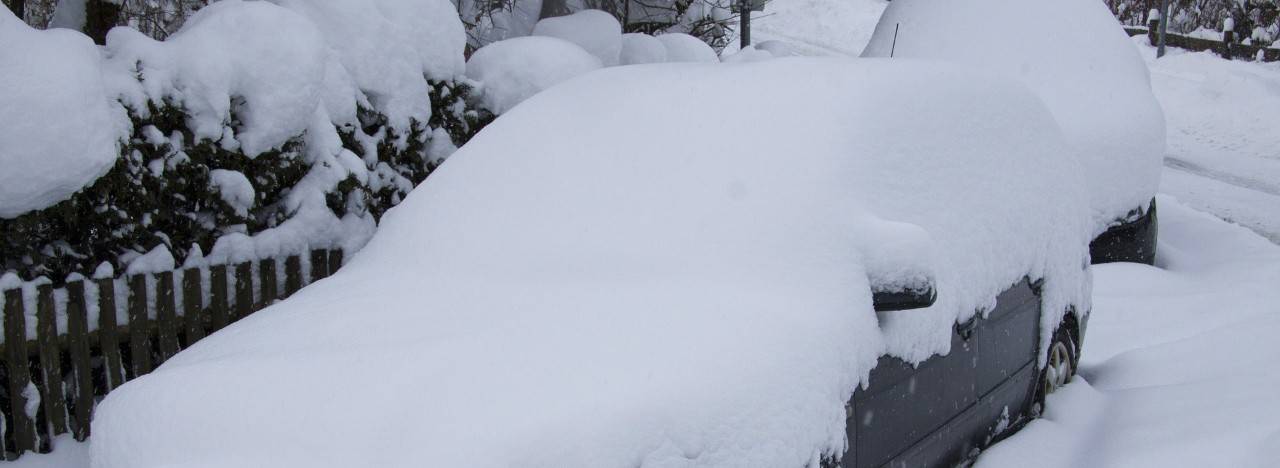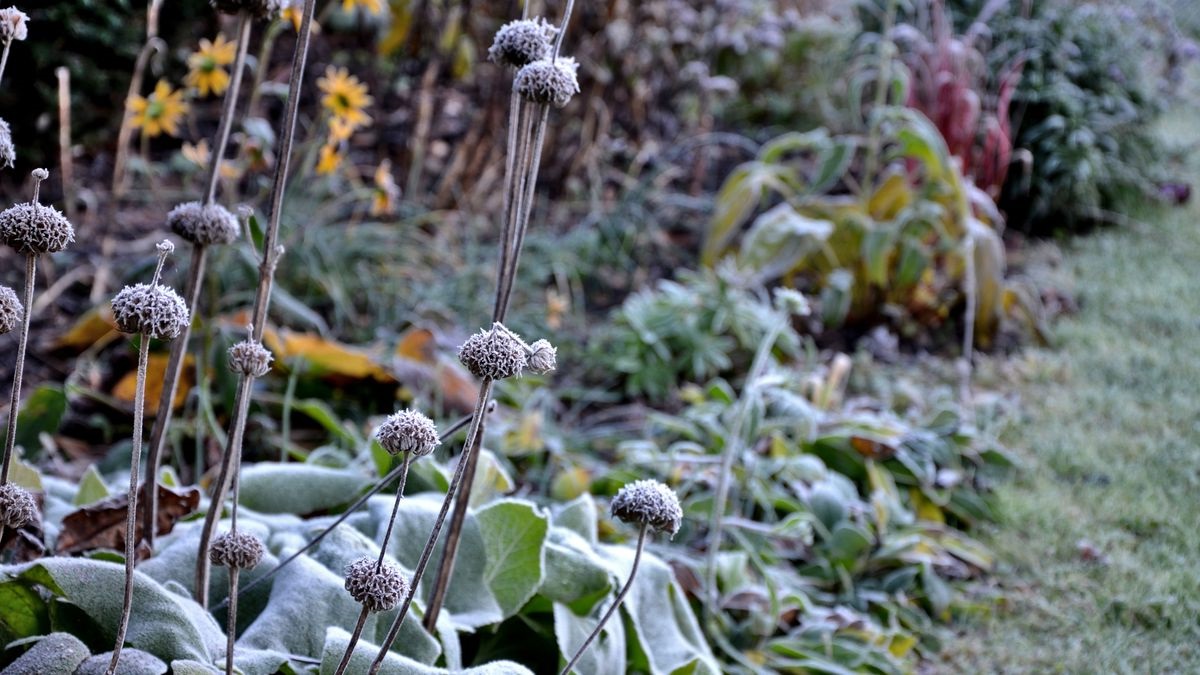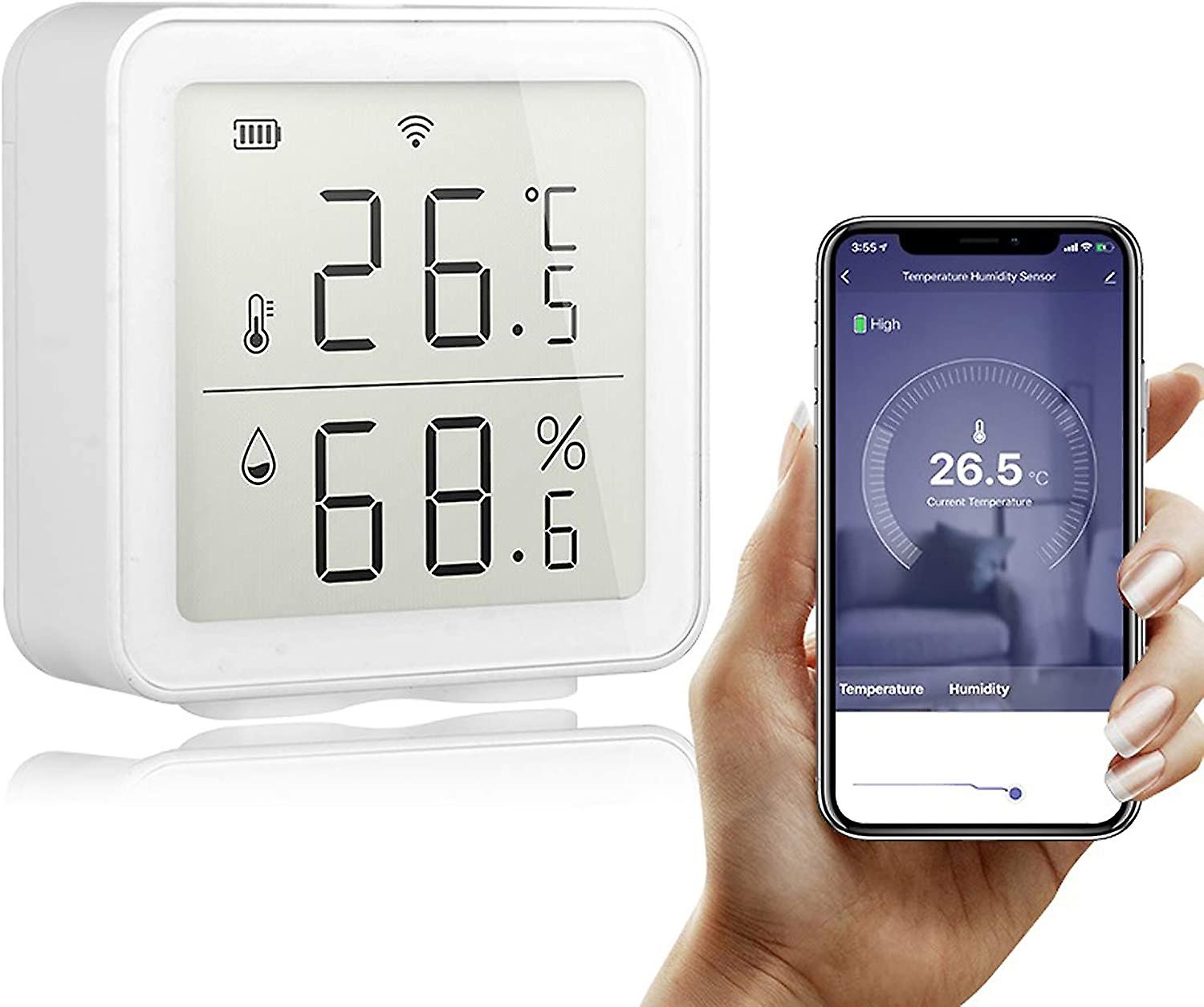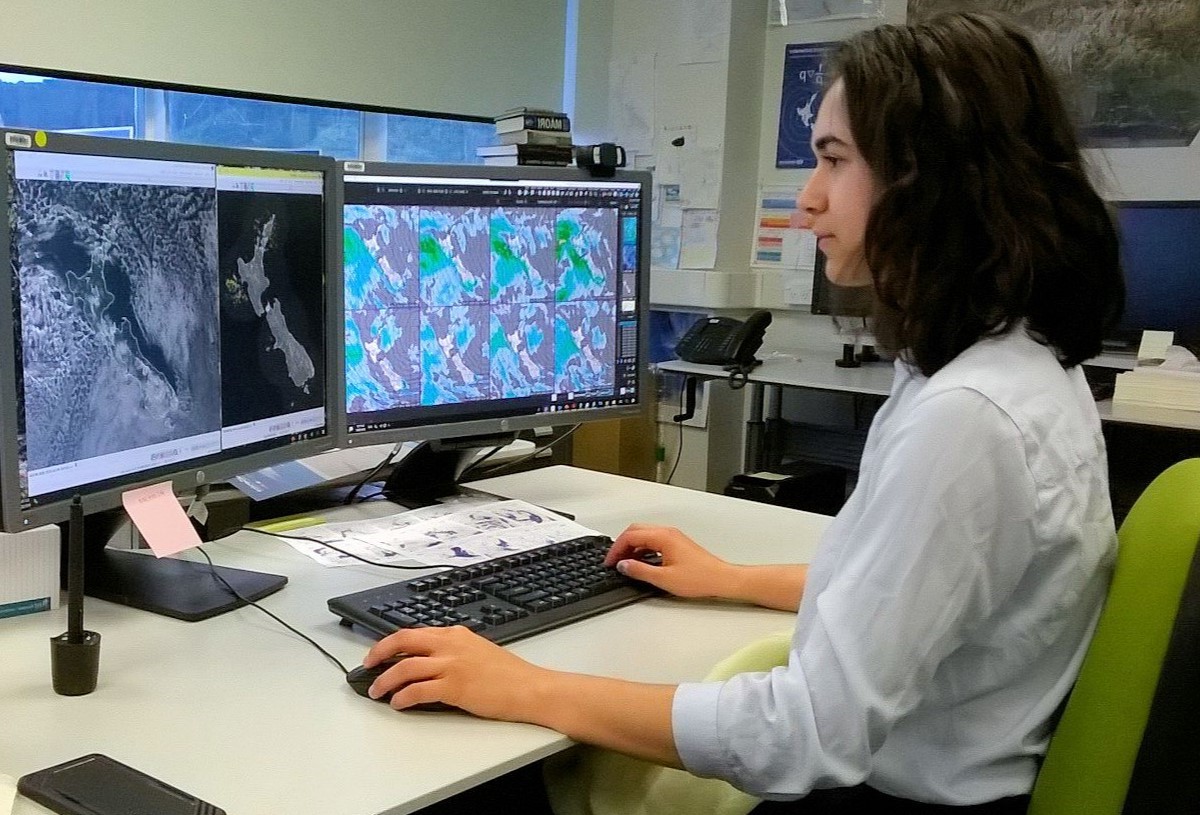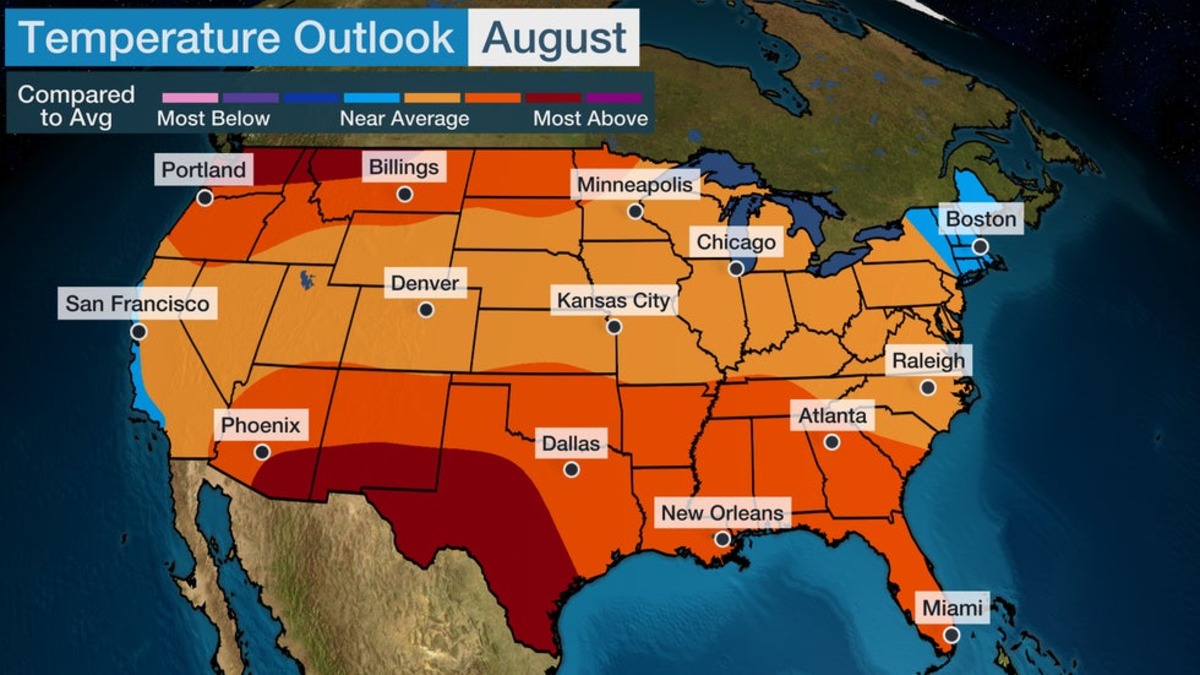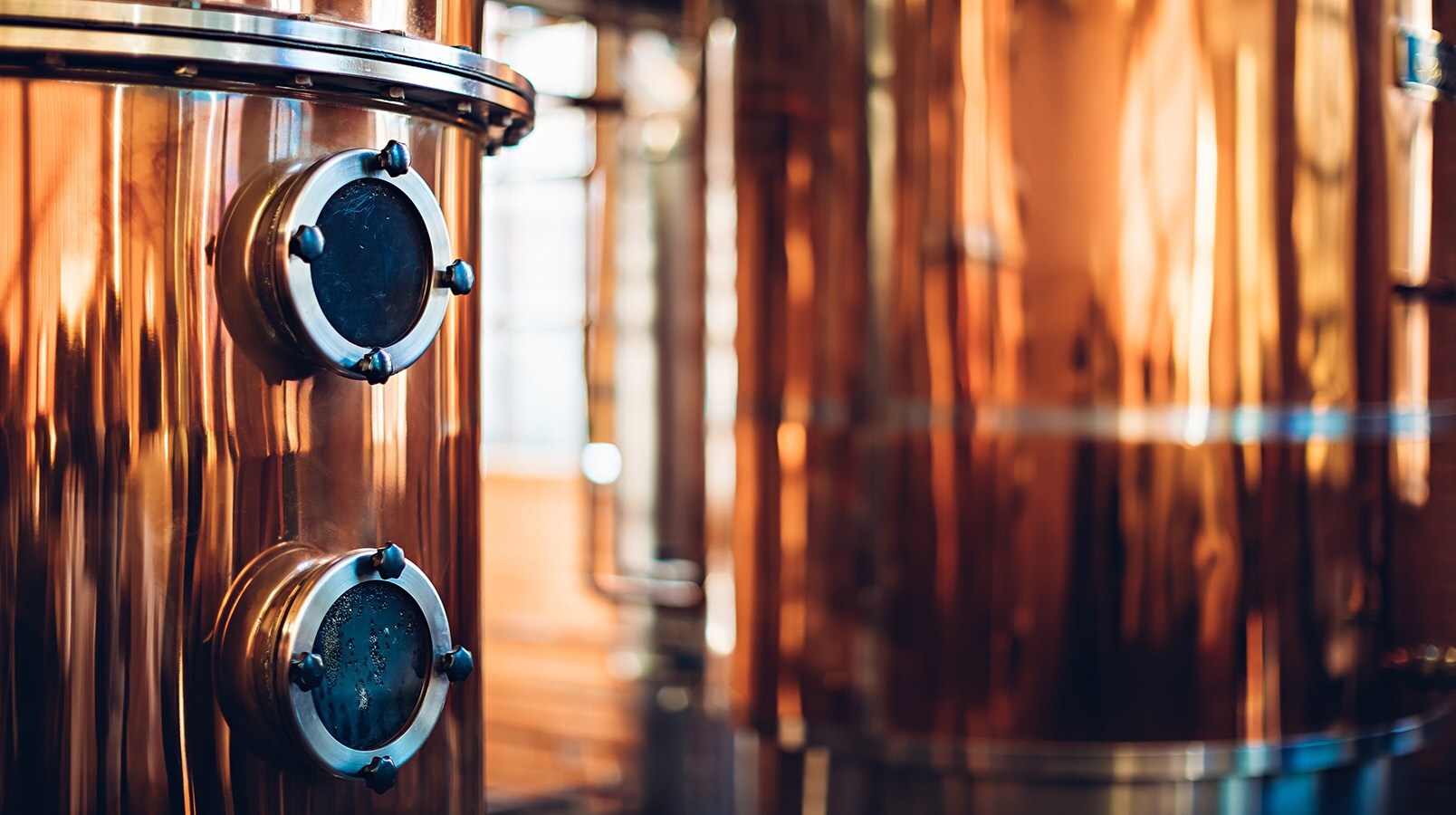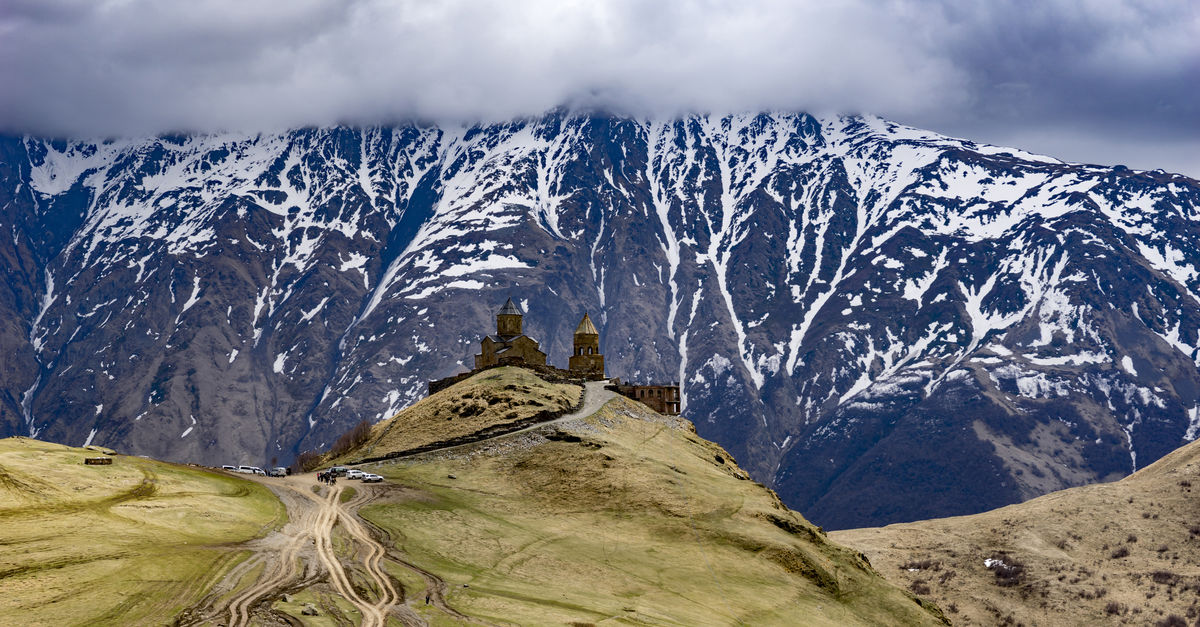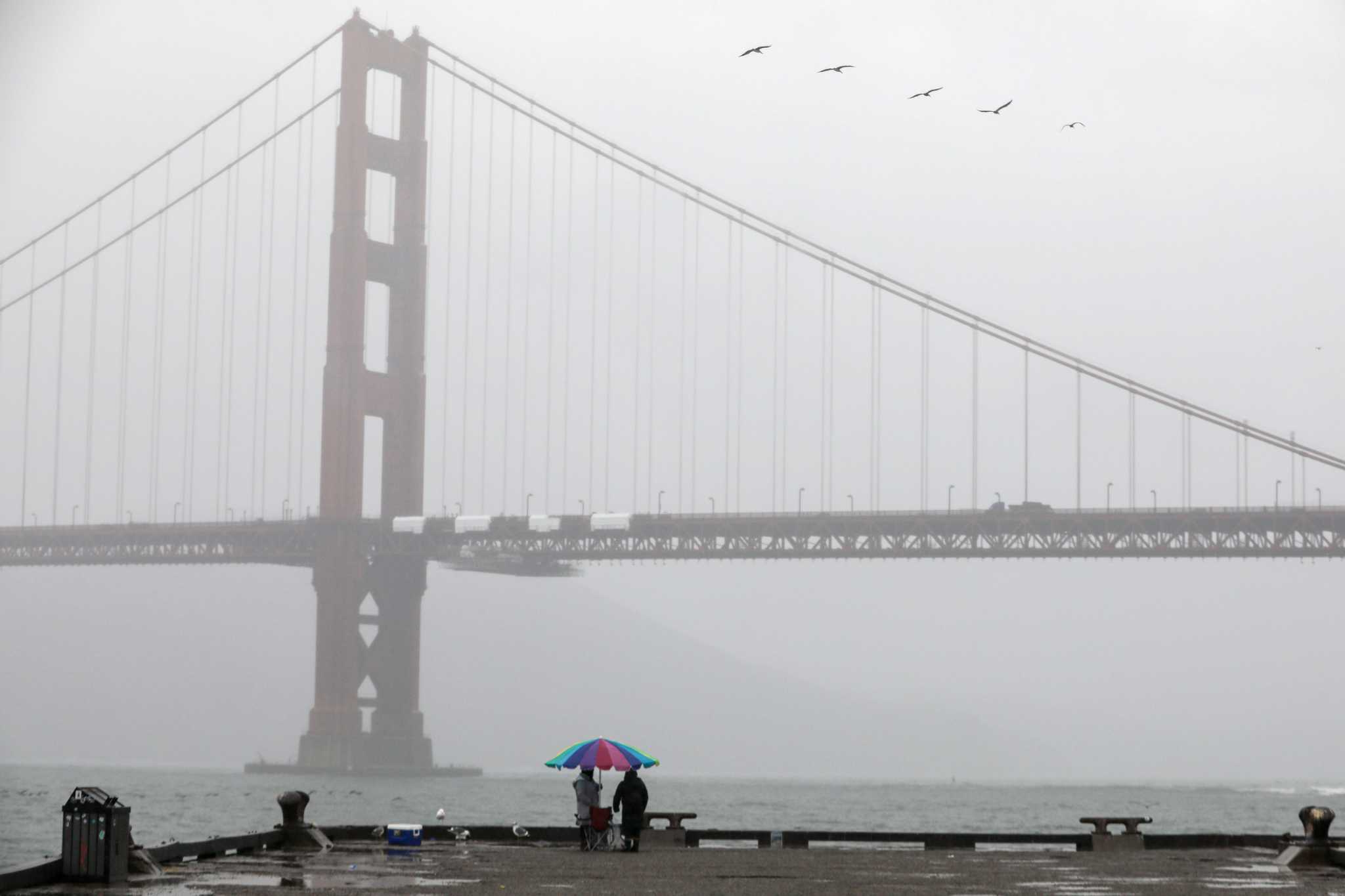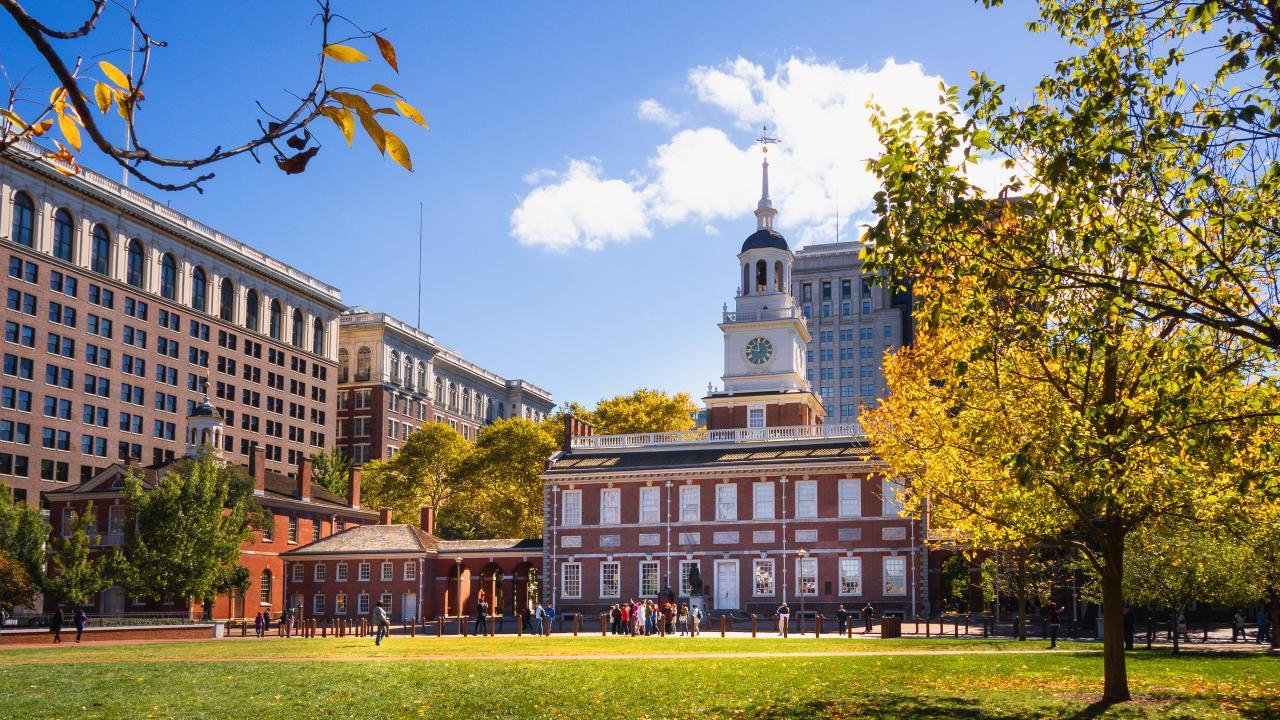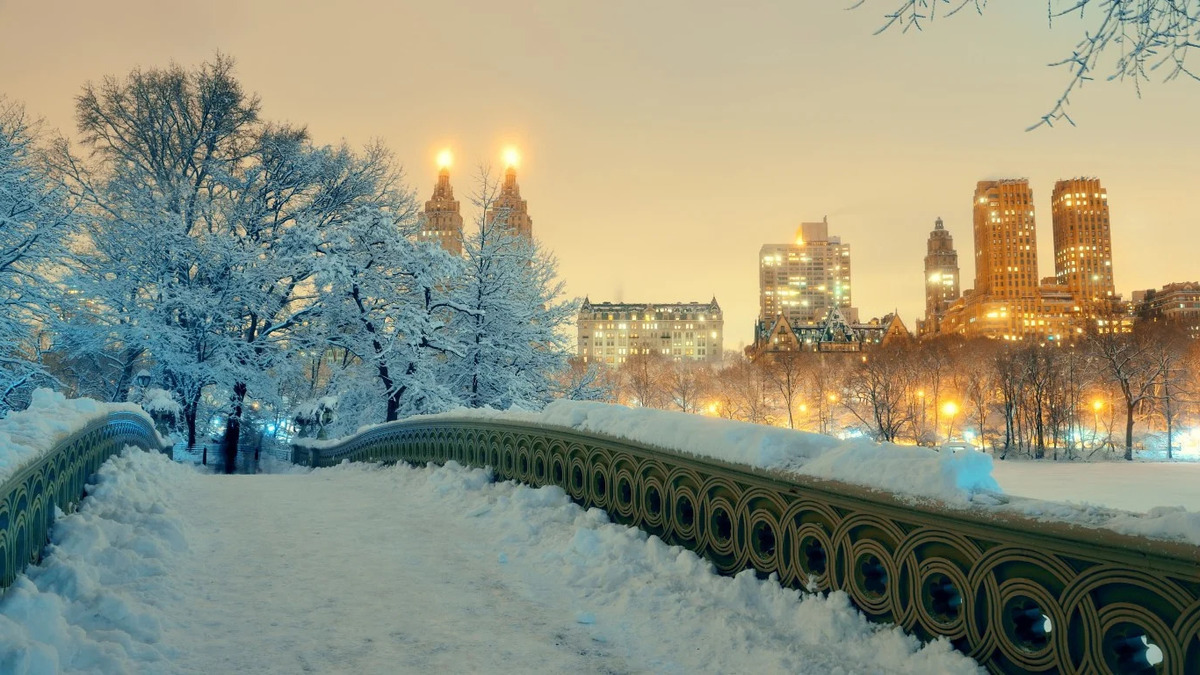Home>Weather and Climate>How Frost Forms on Leaves and Grass in Freezing Temperatures
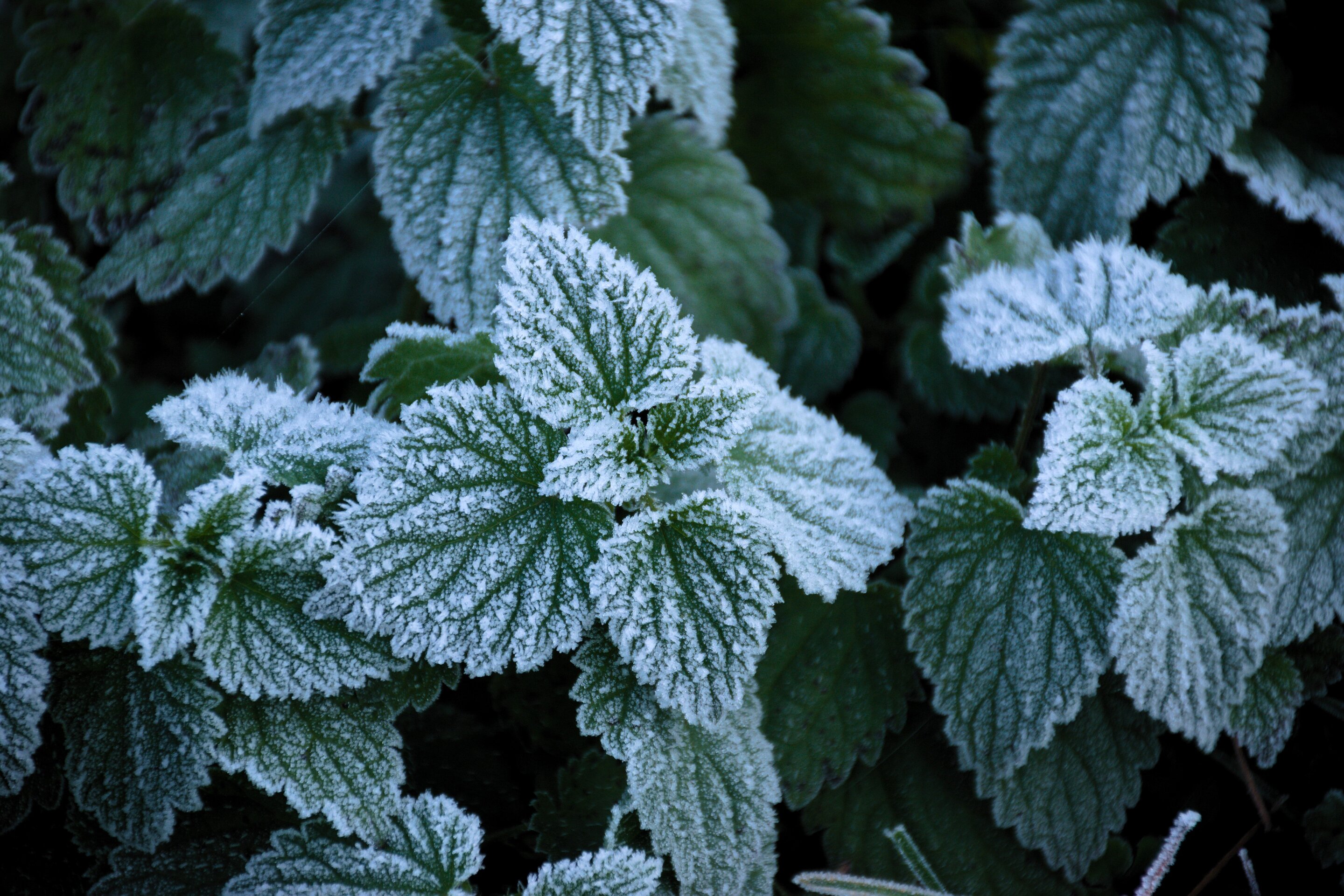

Weather and Climate
How Frost Forms on Leaves and Grass in Freezing Temperatures
Published: November 5, 2024
Learn about the impact of freezing temperatures on leaves and grass in relation to weather and climate. Discover how frost forms and its effects.
(Many of the links in this article redirect to a specific reviewed product. Your purchase of these products through affiliate links helps to generate commission for Temperatures.com, at no extra cost. Learn more)
So, let's talk about how frost forms on leaves and grass when temperatures dip below freezing. Picture waking up on a chilly morning, stepping outside, and seeing everything covered in a delicate, sparkling layer. That's frost for you, but how does it get there?
Well, for frost to form, you need a few things to happen. First off, air temperature close to the ground must drop below freezing. That's 32°F or 0°C for those keeping score. But there's more to it than just cold air. You also need moisture. When warm, moist air meets those freezing temperatures, water vapor in the air turns directly into ice without becoming liquid first. Scientists call this process sublimation.
Now, why on leaves and grass, you might wonder? These surfaces are often cooler than the air just a few feet above ground, especially on clear, calm nights. Radiation from these surfaces escapes into the open sky, cooling them down quickly. If conditions are just right, voila, you get that magical frosty coating when moisture in the air freezes upon contact.
So, next time you see frost glistening in the morning light, you'll know it's not just a random act of winter. It's a delicate dance between temperature, moisture, and the clear night sky.
